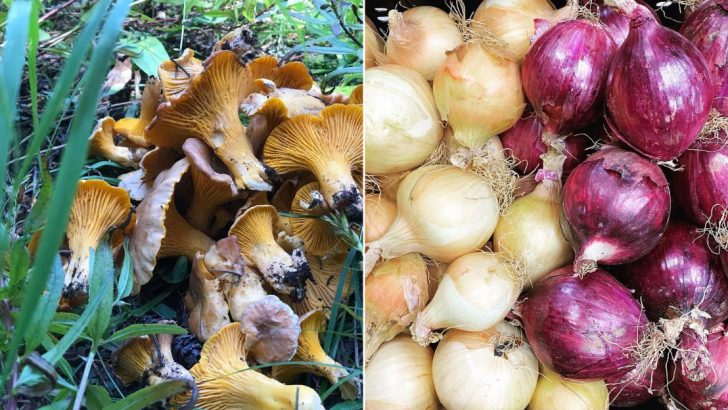Some foods shine raw, bursting with fresh flavor and nutrients. Others? They need a little heat to bring out their best. Cooking can unlock hidden nutrients, enhance flavor, and even make some foods safer to eat—but it can also strip certain foods of their natural goodness.
This list breaks down 12 foods that are better raw and 12 that benefit from cooking. Whether you’re looking to maximize nutrition or just avoid a kitchen mistake, these tips will help you get the most out of every bite!
1. Broccoli
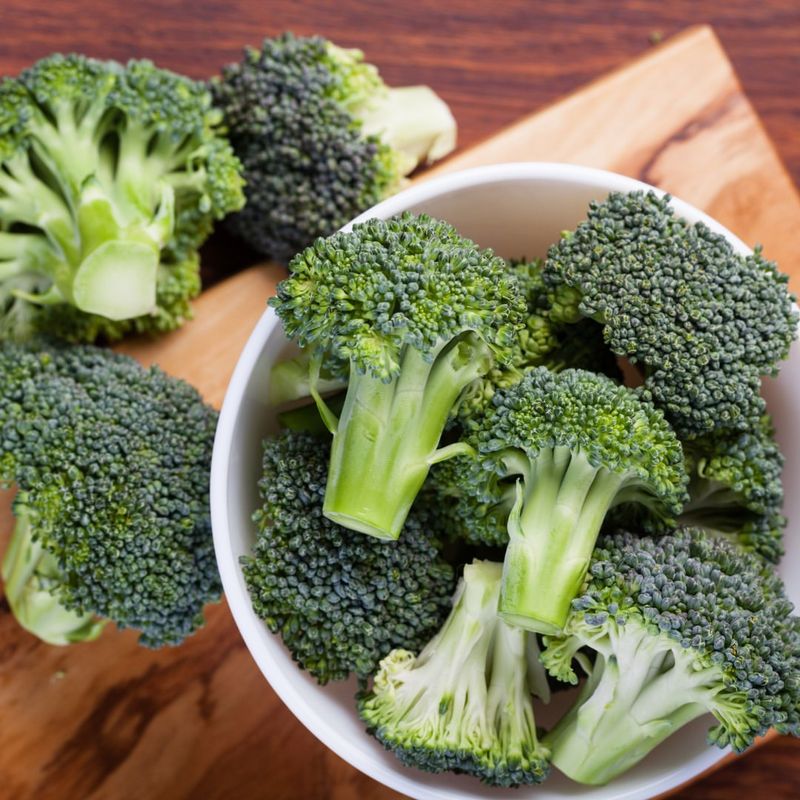
Broccoli is a nutritional powerhouse when eaten raw. Cooking can reduce vitamin C content, whereas raw broccoli retains this immune-boosting nutrient.
Additionally, it contains myrosinase, an enzyme that helps form sulforaphane, a compound with potential cancer-fighting properties.
When you eat it raw, you benefit fully from these compounds. You can dip raw broccoli florets in hummus or yogurt-based dips for a tasty snack.
2. Garlic
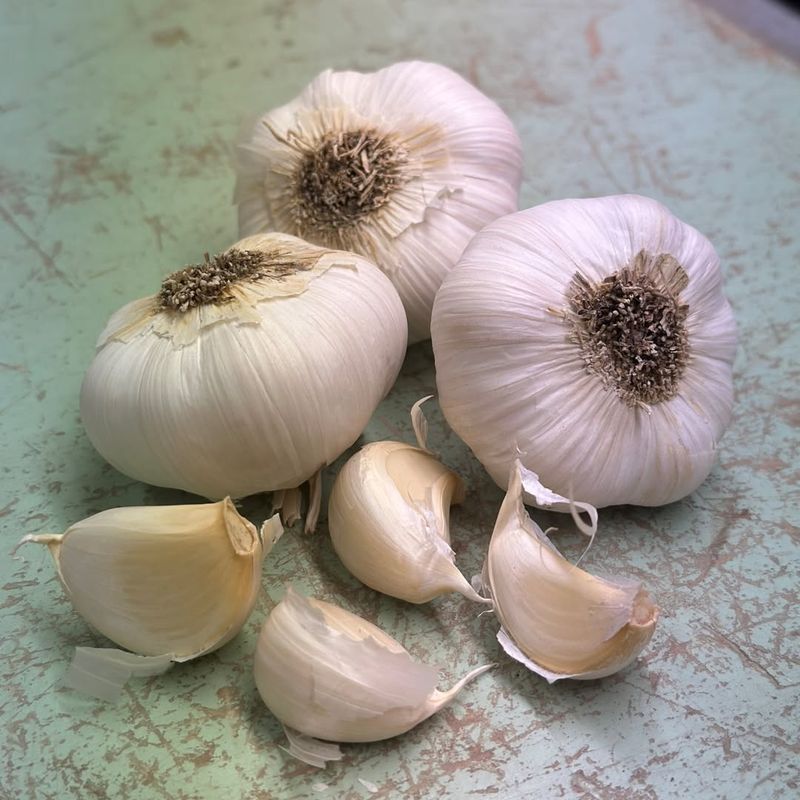
This vegetable is renowned for its strong flavor and numerous health benefits.
When consumed raw, the enzyme alliinase is preserved, converting alliin to allicin, a compound linked to reduced blood pressure and cholesterol levels.
Cooking diminishes allicin production, so eating raw garlic ensures maximum health benefits. You can crush or mince raw garlic and add it to salads, dressings, or guacamole for a flavorful kick.
3. Carrots

Carrots are known for their high beta-carotene content, which converts to vitamin A in the body, essential for good vision. Raw carrots offer a crunchy texture and are rich in fiber, which aids in digestion.
Cooking can break down some fiber, making raw carrots a great choice for those needing a fiber boost. Slice them into sticks for a convenient snack or grate them into salads for added texture.
The natural sweetness of raw carrots makes them a favorite among kids.
4. Bell Peppers
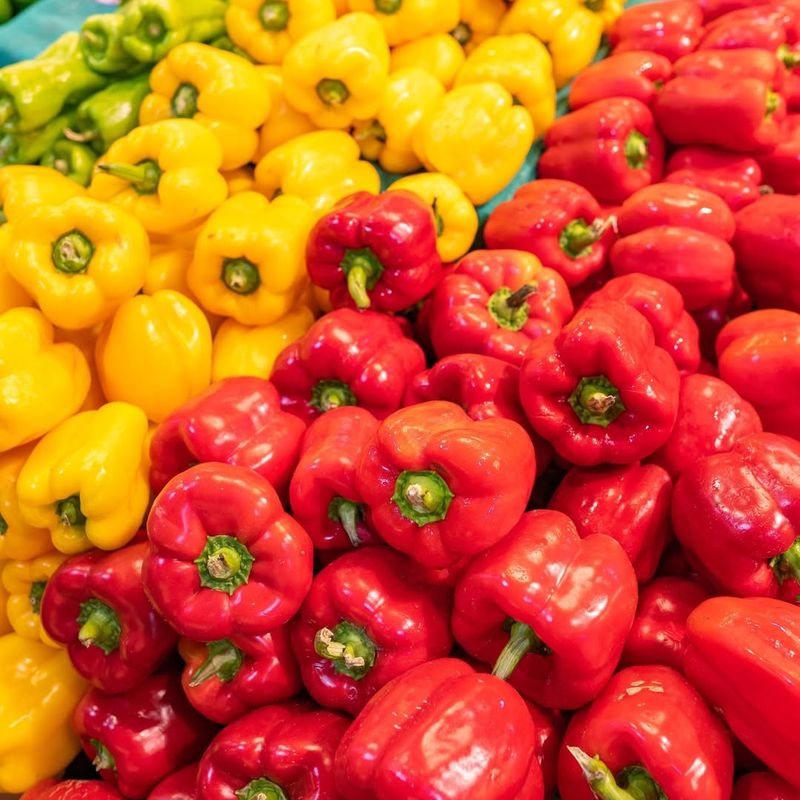
Bell peppers are a vibrant addition to any raw veggie platter. Rich in vitamins A and C, they support eye health and boost the immune system. Cooking can reduce their vitamin C content, so consuming them raw maximizes these nutrients. Add sliced bell peppers to salads, sandwiches, or enjoy them as a snack with your favorite dip. Their sweet, crunchy texture is a delight to the taste buds. For a refreshing drink, blend raw bell peppers into a juice with other vegetables. This versatile veggie is not only colorful but also packed with essential nutrients when eaten raw.
5. Spinach

Spinach is a leafy green loaded with nutrients, including iron, calcium, and vitamin C.
While some nutrients are enhanced by cooking, raw spinach retains more folate, a vital B vitamin that supports cell function.
Enjoy raw spinach in salads or as a base for sandwiches and wraps. Its mild flavor makes it a versatile ingredient in raw dishes.
6. Onions
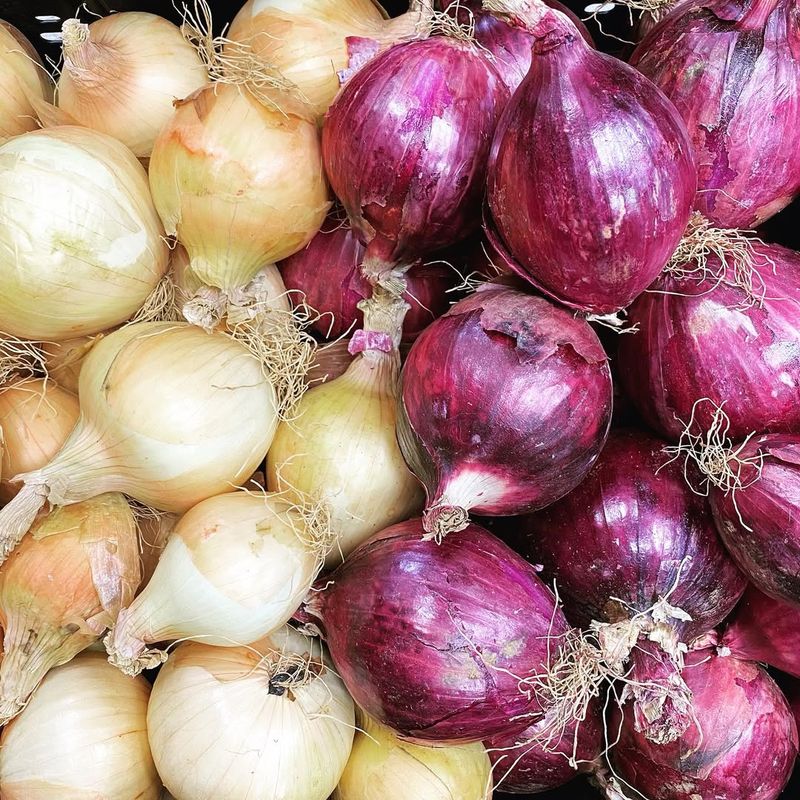
A flavorful addition to many dishes, onions offer significant health benefits. Eating them raw provides more sulfur compounds, which have been linked to cancer prevention and cardiovascular health.
Add raw onions to salads, salsas, or sandwiches for a sharp, zesty flavor. If the taste is too strong, soak sliced onions in cold water for a milder bite.
The natural crunch and spice of raw onions make them an exciting addition to many dishes.
7. Cucumber
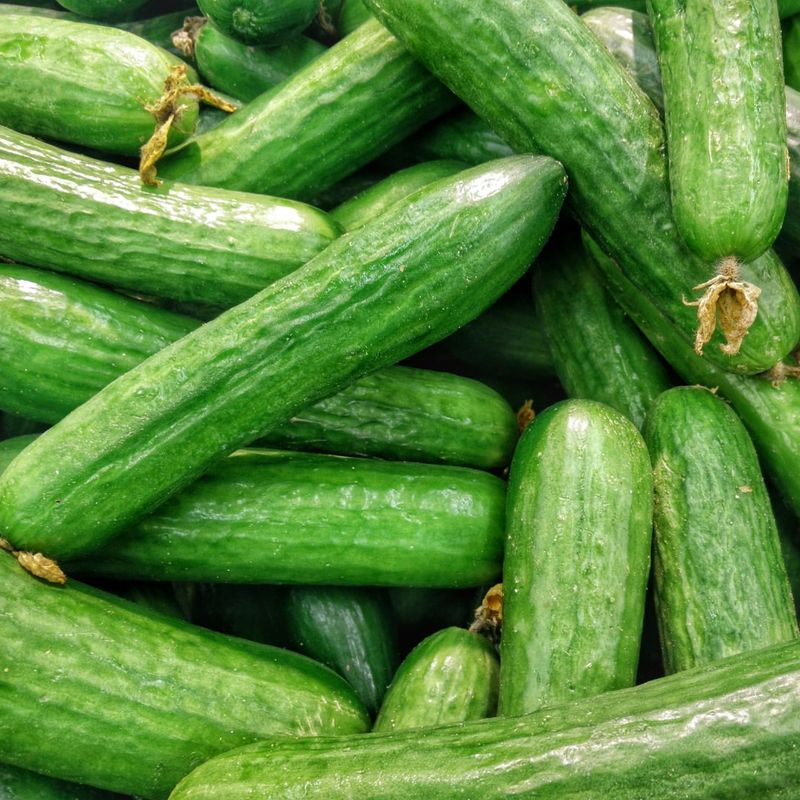
Cucumbers are a hydrating vegetable composed mostly of water, making them a refreshing snack. They are rich in antioxidants and promote hydration and skin health.
Enjoy cucumbers raw by slicing them into rounds for salads or layering them into sandwiches for added crunch. They pair well with yogurt or tzatziki dips.
The cooling effect of cucumbers makes them perfect for hot days.
8. Beets
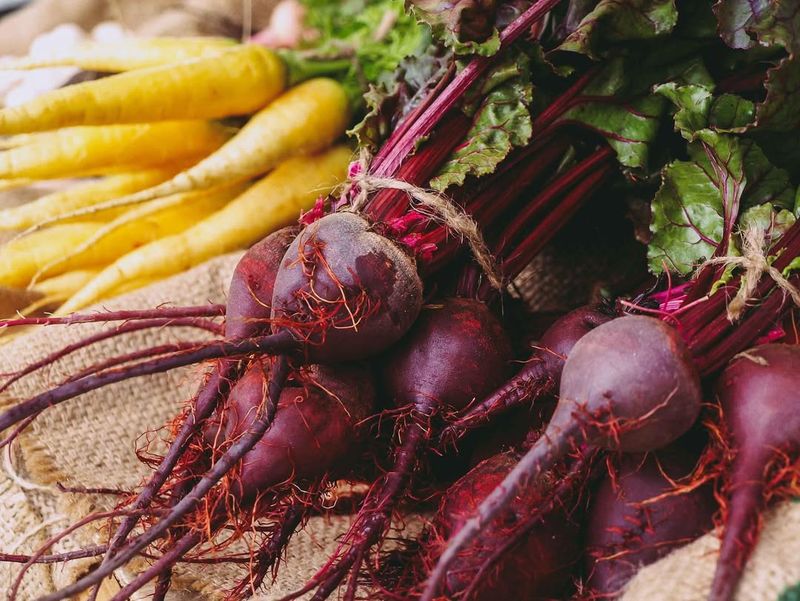
This root vegetable is rich in nitrates, which can enhance athletic performance and lower blood pressure. Cooking can reduce their nitrate content, so consuming them raw maximizes these health benefits.
Grate raw beets into salads or juice them for a vibrant, nutrient-packed drink. Their earthy sweetness adds depth to raw dishes.
Raw beets can be marinated in lemon juice and olive oil to soften their texture.
9. Nuts
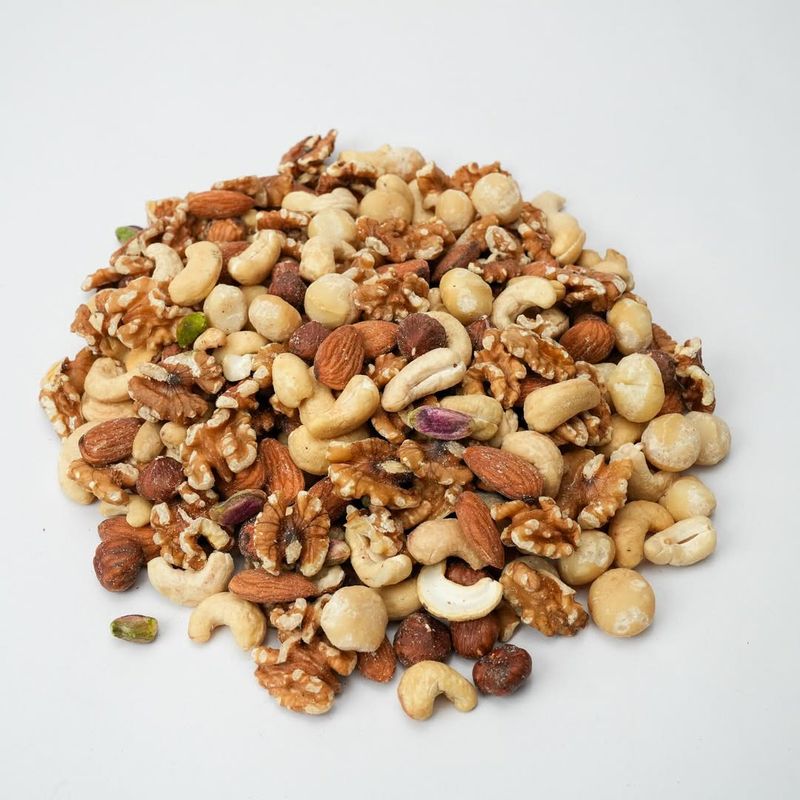
Raw nuts are a convenient and nutrient-dense snack, offering healthy fats, protein, and minerals. Roasting can alter their fats, reducing their health benefits.
Grab a handful of raw nuts as a quick snack or sprinkle them over salads for a crunchy texture. Raw nuts maintain their natural oils, which support heart health.
For variety, try raw nut butters or blend raw nuts into smoothies.
10. Tomatoes
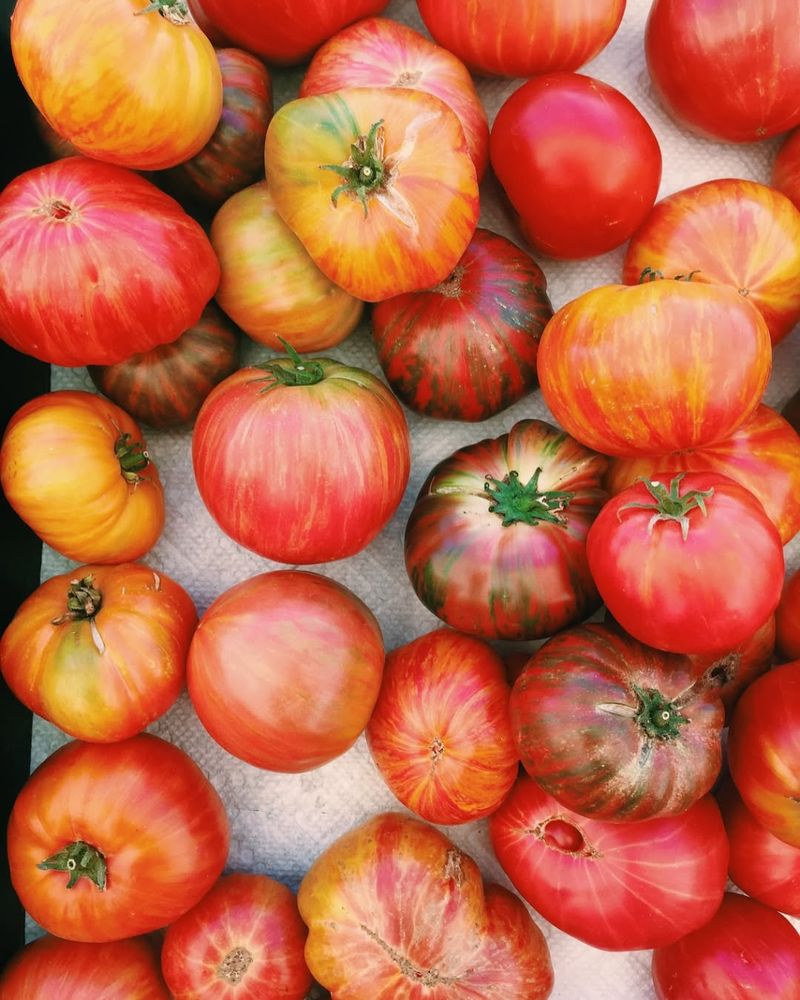
A popular fruit, tomatoes provide vitamin C and potassium.
While cooking tomatoes boosts lycopene, a powerful antioxidant, eating them raw offers a high vitamin C content.
Slice raw tomatoes for salads, sandwiches, or enjoy them as a snack with a sprinkle of salt. Their juicy texture and tangy flavor make them a fresh addition to any dish.
11. Blueberries
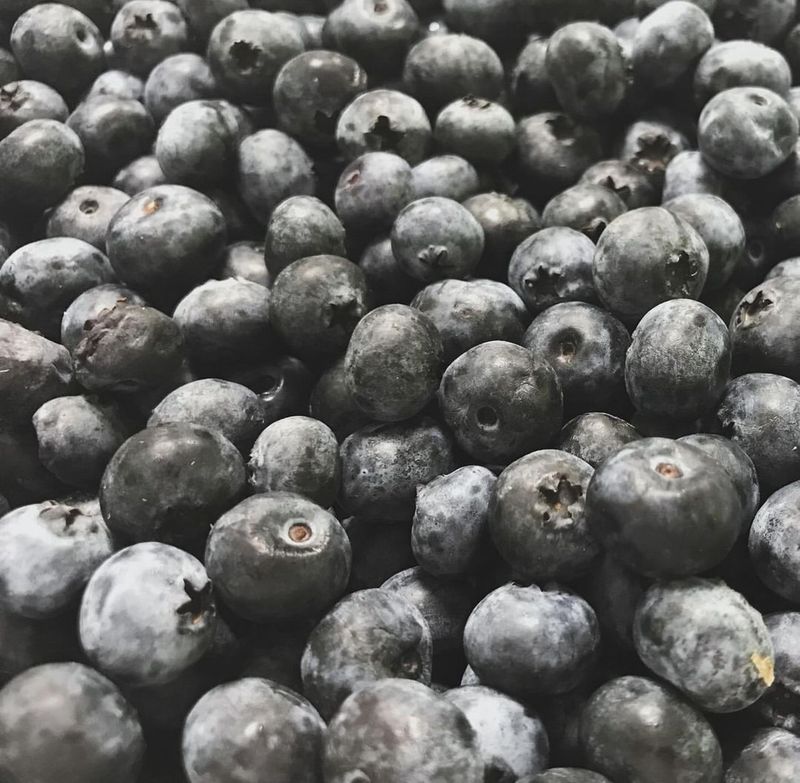
Blueberries are a delicious berry packed with antioxidants, particularly anthocyanins, which support brain health and reduce inflammation. When eaten raw, they retain more of these potent compounds.
Add raw blueberries to yogurt, cereals, or enjoy them on their own for a sweet snack. Their natural sweetness and juicy texture make them a favorite among all ages.
For a refreshing treat, freeze raw blueberries for a cool snack on hot days.
12. Avocado

This creamy fruit is rich in healthy monounsaturated fats, which support heart health. Eating avocados raw ensures you enjoy their natural taste and texture.
Slice raw avocado into salads, spread on toast, or blend into smoothies for a nutrient boost. Their creamy texture and mild flavor make them versatile in raw dishes.
For a quick snack, enjoy avocado halves with a sprinkle of salt and lime juice.
13. Potatoes
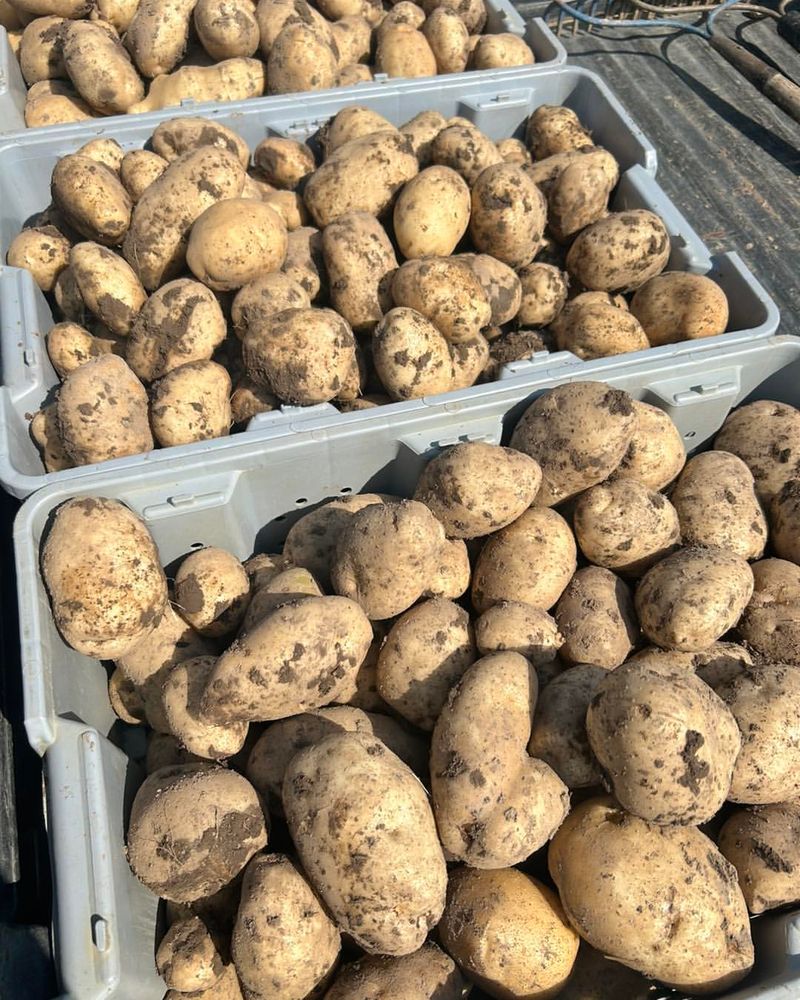
Raw potatoes are downright bad for you. The main concern is solanine, a natural toxin present in the skin, especially when the potato is green.
Consuming solanine may lead to gastrointestinal distress. Cooking significantly reduces solanine levels, making potatoes safer to eat.
Always prioritize health and ensure you’re not biting into danger by consuming raw potatoes.
14. Bitter Almonds
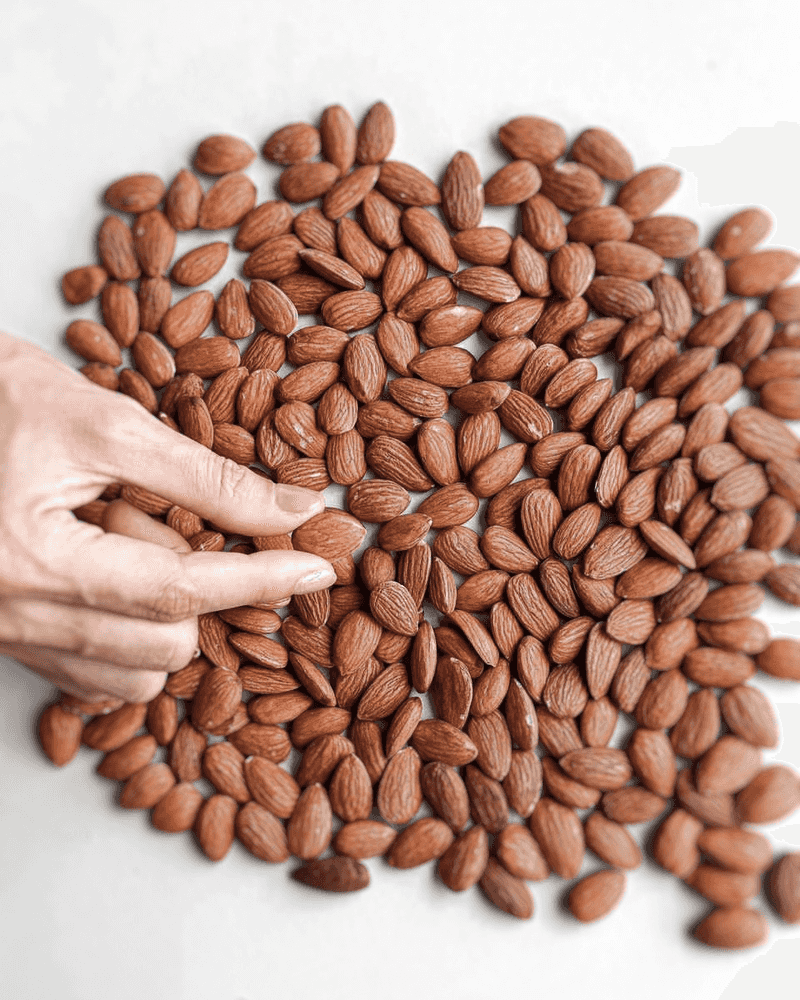
Bitter almonds contain amygdalin, which converts to cyanide when eaten raw. Cyanide is a potent poison that can cause serious harm.
In small quantities, bitter almonds might pass unnoticed, but the risk is high if consumed often. Their distinct bitter taste should be a warning.
Processed or heat-treated almonds are safe, as the toxins break down during cooking.
15. Wild Mushrooms
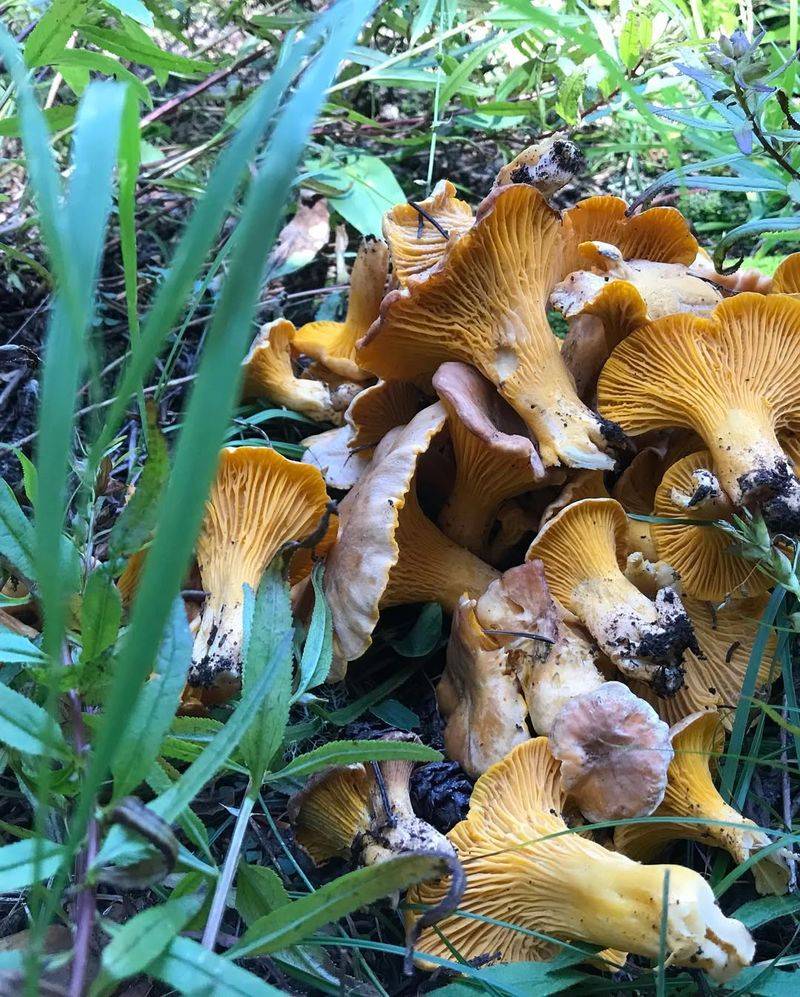
Wild mushrooms are a delicacy for foragers, but consuming them raw poses significant risks. Many wild mushrooms contain toxins that can lead to severe symptoms like stomach pain and vomiting.
Identifying safe varieties is challenging even for seasoned foragers. Cooking helps neutralize some toxins and enhances their flavors.
Expert advice strongly suggests avoiding wild mushrooms raw to prevent accidental poisoning.
16. Cassava
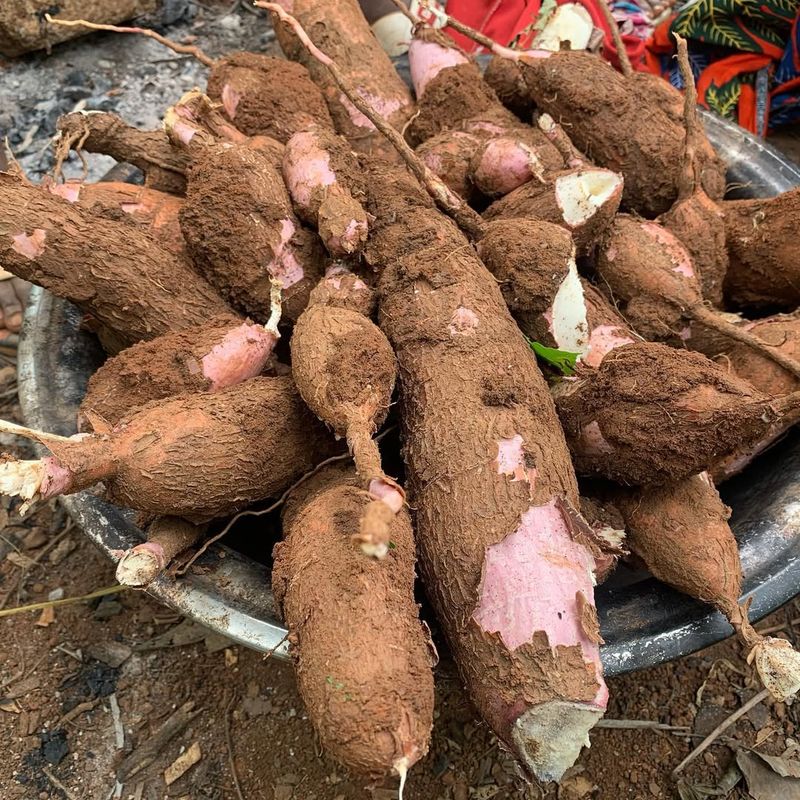
A staple in tropical diets, cassava can be lethal if eaten raw due to cyanogenic glycosides.
These compounds release cyanide, which can cause acute poisoning. Traditional preparation methods like soaking and cooking are essential to reduce risks.
While some might be tempted by its crunchy texture, eating cassava raw is a gamble. Always ensure cassava is thoroughly prepared to enjoy its benefits safely.
17. Kidney Beans
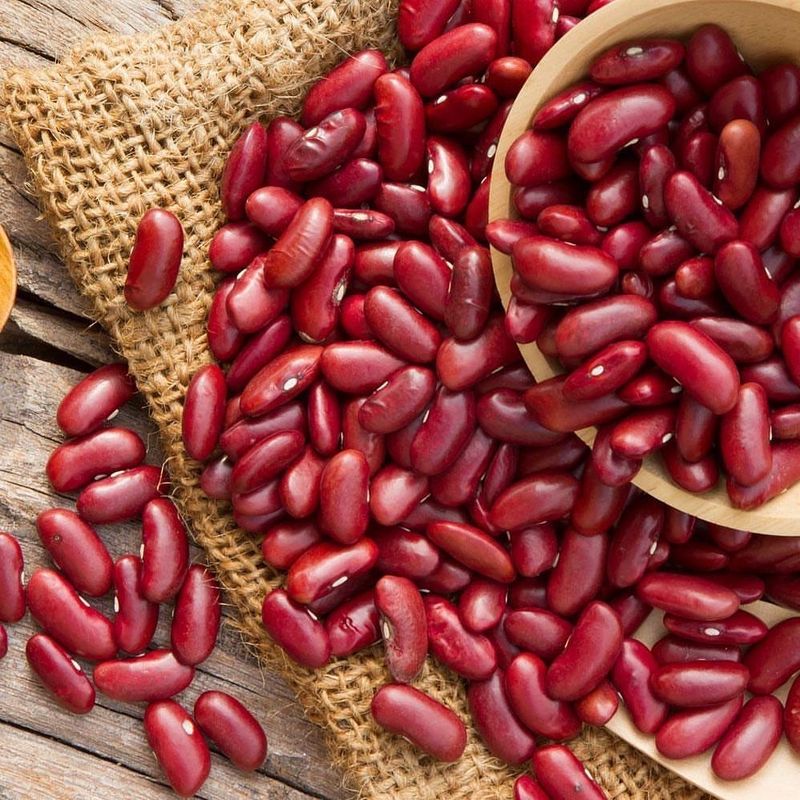
Raw kidney beans contain phytohaemagglutinin, a toxin that causes nausea and diarrhea.
Even a small number of raw beans can induce symptoms. Proper cooking inactivates the toxin, making them safe to eat.
Their shiny red appearance can be enticing, but it’s crucial to remember the importance of cooking. Avoid the lure of raw kidney beans to prevent digestive discomfort.
18. Elderberries
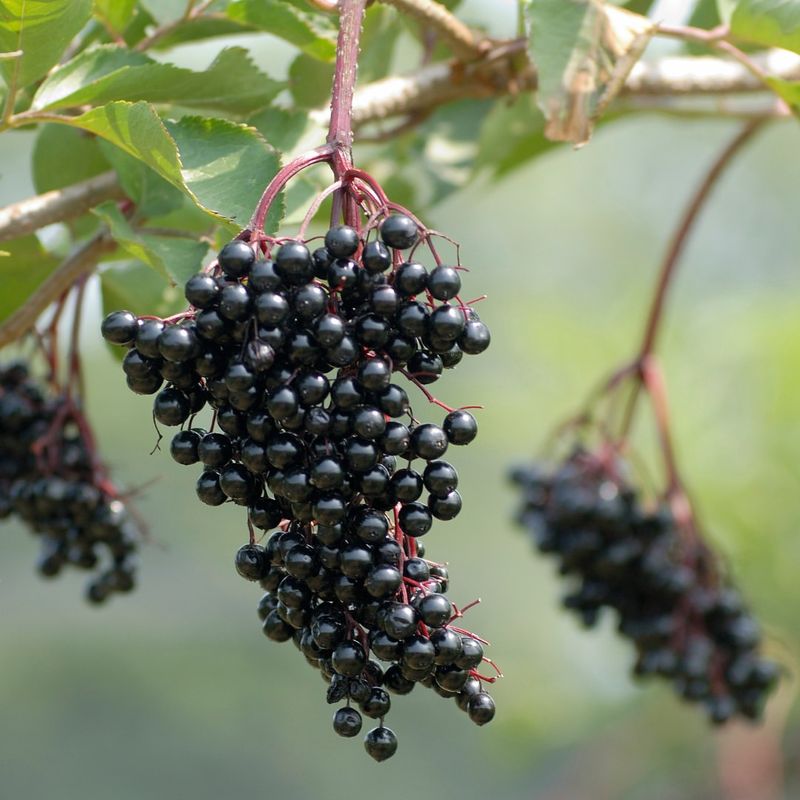
These berries are renowned for their health benefits, yet raw consumption is not advised.
Raw elderberries contain sambunigrin, converting to cyanide when digested. This can lead to nausea and, in severe cases, cyanide poisoning.
Cooking or juicing elderberries safely unlocks their nutrients. Delight in their taste, but always ensure they’re cooked to avoid any adverse effects.
19. Yucca Flowers
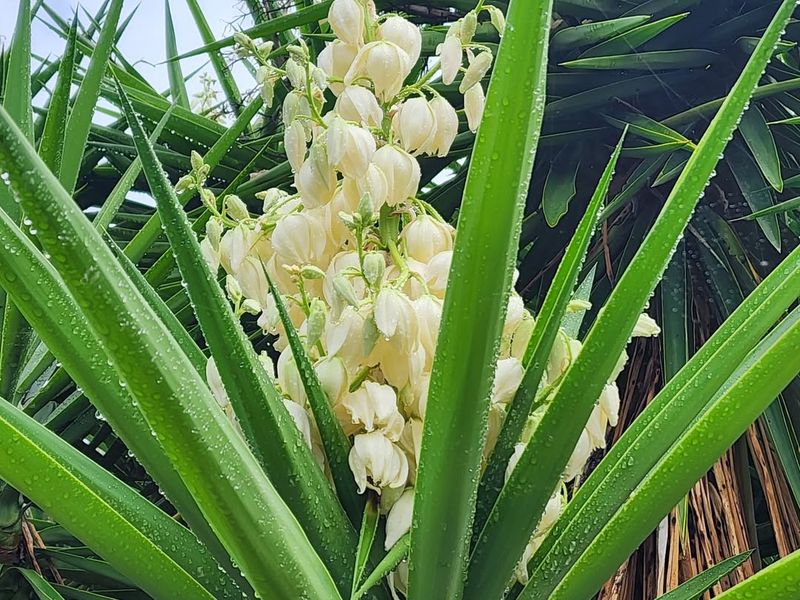
Yucca flowers are an unexpected culinary delight but should be approached with caution when raw.
They contain saponins, which can cause stomach irritation. Although some people enjoy them in salads, saponins can be troublesome for sensitive individuals.
Cooking reduces saponins, making yucca flowers safe to enjoy without worry.
20. Fiddleheads

The young ferns, also known as fiddleheads, are a spring delicacy. However, raw consumption can cause foodborne illness.
They may contain toxins that lead to stomach upset. Properly cooking fiddleheads ensures the breakdown of these toxins, allowing their unique taste to shine.
Foraging enthusiasts should always cook fiddleheads to savor their flavor safely.
21. Ackee
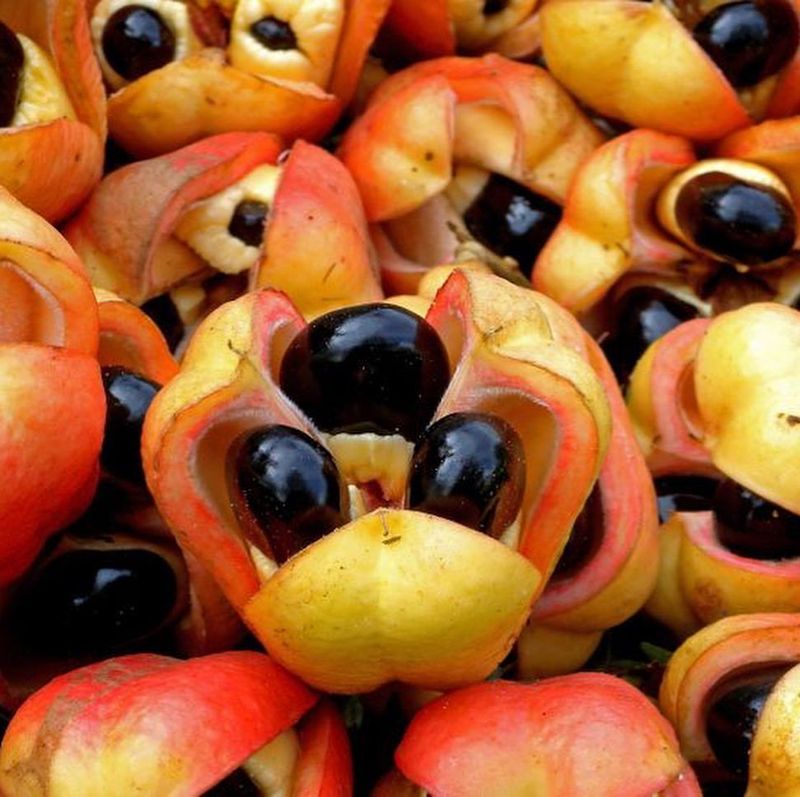
Ackee, a tropical fruit, must be handled with care. Its unripe flesh contains hypoglycin, a toxin leading to ‘Jamaican vomiting sickness.’
Only ripe ackee, properly prepared, is safe. The creamy texture and unique taste tempt many, but raw consumption is hazardous.
Always ensure ackee is fully ripe and cooked before enjoying this Caribbean delight.
22. Rhubarb Leaves
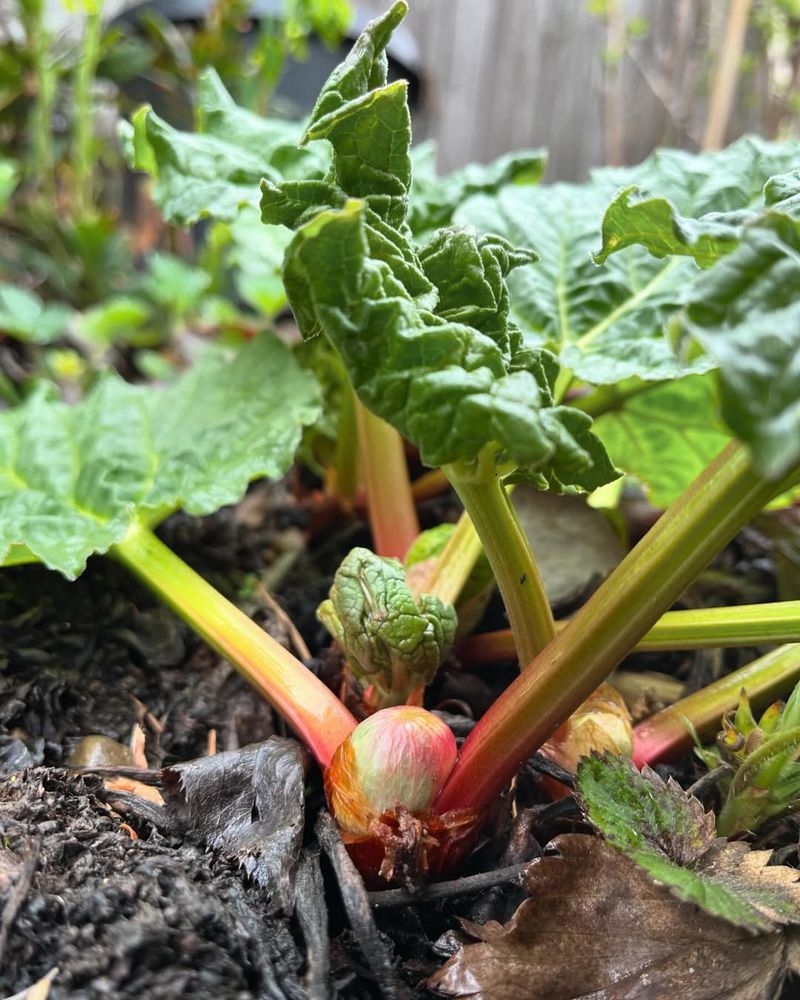
A popular choice for desserts, rhubarb’s leaves are not to be consumed raw or otherwise.
They contain oxalic acid, which can cause kidney stones and other health issues. Even small amounts are risky.
While the stalks are delightful in pies, always discard the leaves. Prioritize safety and enjoy rhubarb without its toxic foliage.
23. Apricot Kernels
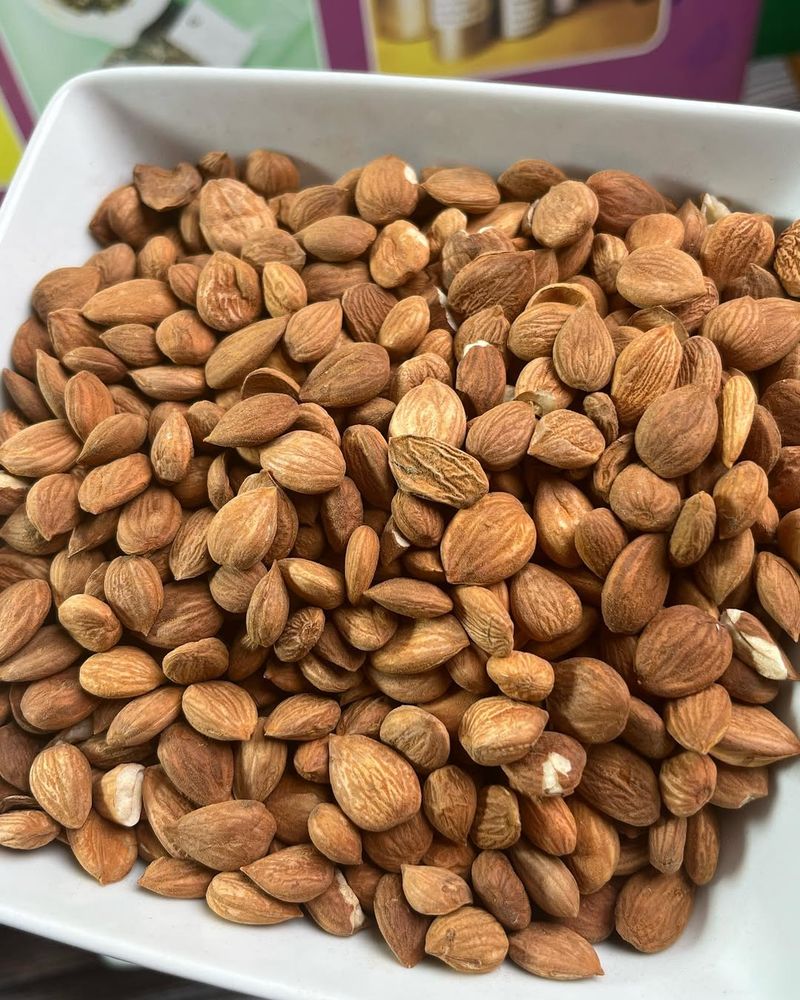
Apricot kernels have gained attention for purported health benefits but are dangerous raw. They contain amygdalin, which converts to cyanide.
Consuming them raw can lead to poisoning.
Processed kernels are safer, but caution is advised. Enjoy apricots, but avoid the kernels to ensure your wellbeing.
24. Bay Leaves

Bay leaves are a kitchen staple for flavoring dishes, but not for eating raw.
When raw, their tough texture can cause digestive issues if swallowed whole. They’re best used dried or cooked.
Their aromatic qualities shine in cooking, but always remove before serving. Keep bay leaves for flavor, not for munching.

